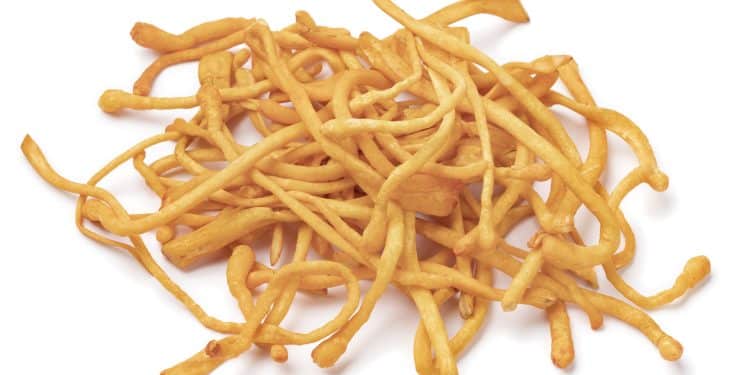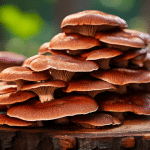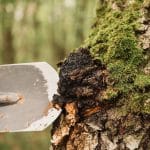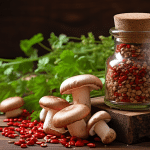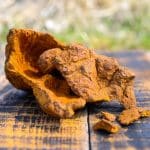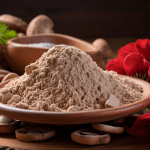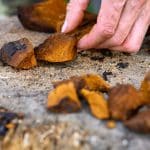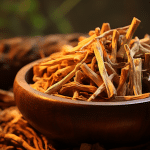Pity the unfortunate carpenter ant that is infected with spores released by a parasitic fungus in the Cordyceps family. Spores attach to the ant and germinate, spreading via long tendrils known as mycelia throughout the host’s body. The fungus is growing in the soil, turning its host into a zombie slave that compels the ant to climb to the top of a plant and cling with its tiny jaws in a death grip around a leaf or twig.
The fungus then consumes the ant gradually, sprouting through its head in a final indignity. As the mycelia consume more and more ants, their bulbous growths burst, releasing even more spores into the air to infect even more unsuspecting ants. It’s not a pleasant way to go; the entire procedure might require four to 14 days.
There are more than 400 distinct species of Cordyceps fungi, each targeting a specific kind of insect. To learn more about the origins and intricate mechanisms behind these types of pathogen-based illnesses, scientists are eager to study Cordyceps.
Here’s a video that shows the process in more detail:
Do Cordyceps Kill Ants?
Some species of Cordyceps are known to kill ants, and it is thought that they may do so by altering the ant’s behavior. For example, one species of Cordyceps encourages ants to climb to the tops of plants before killing them. Cordyceps are not currently used to control ants, but they may be in the future.
In preparation for the long-term study of their fungus, a teams at Universities are attempting to understand how it controls its doomed host by studying the fascinating connection between carpenter ants and their parasitic partner, Ophiocordyceps unilateralis. Prior study revealed that a specific chemical may be released by the infected ants’ mandibles, causing them to contract strongly for a death-grip bite.
Back in 2017, scientists used a powerful microscope to examine ultra-thin slices of sick ants and meticulously label which components were ant and which were fungus. This gave them a more detailed view of what was going on structurally at the cellular level, which is where fungus plays an important role. They discovered that a surprisingly large number of fungal cells were present in the ants’ bodies. The cells were concentrated outside the brain, and never entered it.
Instead, the fungal cells formed a sophisticated three-dimensional mesh that allowed them to communicate and share nutrients. They essentially isolate the ant’s brain from the rest of its body, allowing the networked cells to control its behavior.
You can find our favorite capsules, powders, and tincture’s on the following pages of our website and learn more about each individually:
Click here to view our List of The Best Cordyceps Powder
Click here to view our List of The Best Cordyceps Mushroom Gummies
Additional Resources:
What Does the Cordyceps Fungus Do?
Updated 10/18/2022
